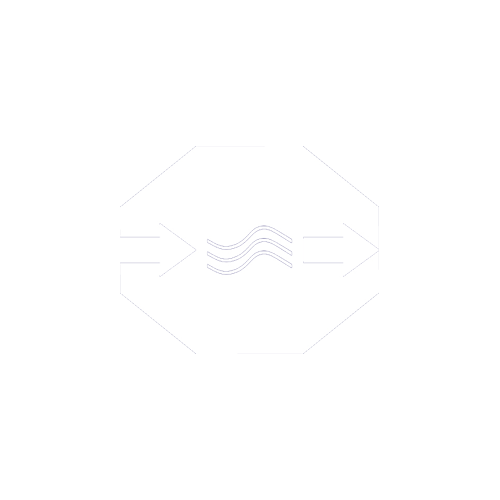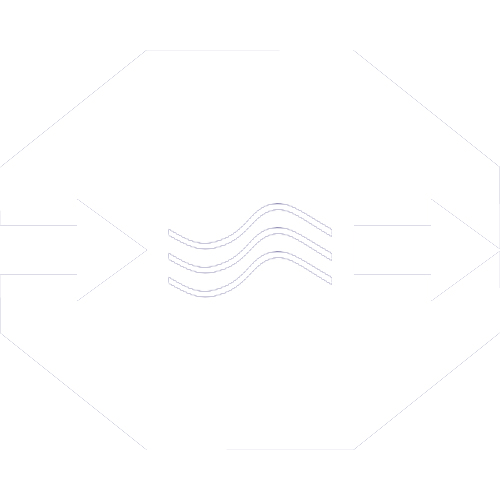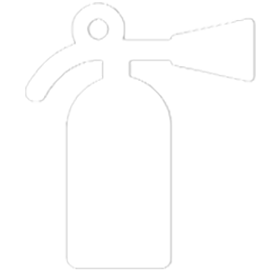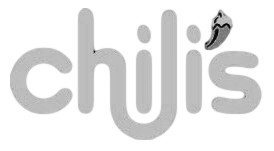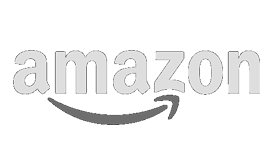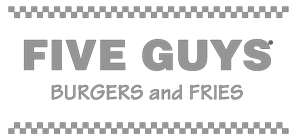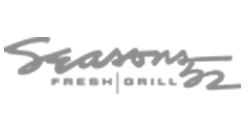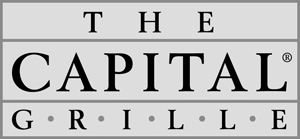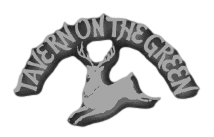Imagine walking into your restaurant to find the kitchen ablaze, a nightmare scenario for any business owner. This is where Choosing a Fire Suppression System becomes not just an option but a necessity. In this piece, we’ll guide you through understanding different systems, from sprinklers and chemical agents to water mist options. You’ll get the lowdown on balancing cost with effectiveness and ensuring your choice meets both local regulations and your specific needs.
We’ll also dive into maintenance tips to keep your system ready at all times because knowing how these systems work can save more than just money—it could save lives. By the end of this read, choosing a fire suppression system will seem less like rocket science and more like a smart business decision.
Table of Contents:
- Understanding Fire Suppression Systems in Restaurants
- Key Factors in Choosing a Fire Suppression System for Your Restaurant
- Types of Fire Suppression Systems Detailed
- Selecting the Right System for Open Flame Kitchens
- Installation & Maintenance Insights
- Final Tips Before Making Your Decision
- Conclusion
Understanding Fire Suppression Systems in Restaurants
When it comes to protecting your restaurant from the devastating impact of fires, knowing your options when choosing a fire suppression system is crucial. Each system has its unique strengths, tailored for different environments within a commercial kitchen.
Types of Fire Suppression Agents
Diving into the heart of fire suppression systems means understanding the agents at work. Water mist systems and traditional sprinkler systems are widely used due to their ability to cover a broad area quickly. Meanwhile, chemical systems offer specific advantages against certain types of fires that water might exacerbate, such as grease or electrical blazes. Dry chemical systems halt the chemical reactions causing flames while clean agent and gaseous suppression methods protect sensitive equipment without leaving residue.
When choosing a fire suppression system, the choice between these agents often boils down to balancing safety with practical concerns like cleanup and potential water damage. Sprinkler heads designed for fast response can douse flames swiftly but may not be suitable everywhere due to risks associated with electronics or particular materials being damaged by water.
Detection Systems & Safety: Key Elements When Choosing a Fire Suppression System
Detection components are integral in activating these suppression mechanisms efficiently. Advanced detection technologies can identify heat or smoke’s presence early on, allowing sprinkler or gas systems to activate before things get out of hand. This preemptive action significantly reduces property damage risk and enhances overall safety by suppressing fires effectively before they spread too far.
Key Factors in Choosing a Fire Suppression System for Your Restaurant
Balancing Cost and Effectiveness
Finding the sweet spot between what you can afford and what keeps your restaurant safe is crucial. It’s like picking the right ingredients for your signature dish—you need quality without breaking the bank. With fire suppression systems, this means considering system effectiveness alongside cost. When choosing a fire suppression system, you want something that does its job as efficiently and cost effectively as possible.
For instance, water-based systems offer widespread coverage at a lower price point but may not be suitable for all kitchen types due to potential water damage. On the other hand, chemical-based solutions might up your budget but provide targeted protection against specific risks such as flammable liquids or electrical fires.
Installation and Maintenance Considerations
Ease of installation matters because it affects how quickly you can get back to business as usual. Some systems require extensive retrofitting which could mean longer downtime for your restaurant. Moreover, maintenance requirements should align with what you’re realistically able to manage—both in terms of time and money.
Regular inspections are necessary to ensure everything works properly when needed most. Understanding Automated Systems. Training staff on basic operation procedures helps address issues promptly, keeping everyone safer in case of emergencies while ensuring compliance with local regulations—a must-do step before making any decisions about which system suits your needs best.
Types of Fire Suppression Systems Detailed
Water-Based Systems for General Protection
When it comes to dousing flames, water-based systems are the go-to. They’re versatile and work well in various kitchen setups. Sprinkler systems typically spring into action when they detect heat, covering a wide area with water. But let’s talk about the tech-savvy cousin, water mist systems. These use fine droplets to suppress fires effectively by reducing heat and displacing oxygen around the fire zone.
If you’re worried about water damage, consider this: Water mist systems offer widespread coverage without soaking everything in sight. This makes them ideal for spaces packed with electrical equipment or valuable items that can’t take a bath every time there’s smoke around.
Chemical-Based Solutions for Specific Hazards
Sometimes, you need something stronger than H2O to deal with fire hazards in restaurants—especially those involving flammable liquids or gases where using water could make things worse. Enter dry chemical and clean agent suppression solutions.
Dry chemical systems work by interrupting the chain reaction that fuels fires while clean agent options focus on suppressing combustion without leaving residue behind—a big plus if cleanup speed is crucial for your operation.
To put out blazes fast without causing additional messes or risking electrical safety, consider installing one of these advanced chemical-based suppression units.
Choosing a Fire Suppression System for Open Flame Kitchens
For open flame kitchens, with their high heat and potential for flare-ups, choosing a fire suppression system that’s both quick to react and effective is critical. It’s not just about putting out fires; it’s about doing so in a way that keeps everyone safe without ruining your kitchen in the process.
Effective Solutions for High Heat Cooking Areas
If you’re using electrical cooking equipment or deep fat fryers alongside open flames, choosing a fire suppression system becomes even more important. Water-based systems might be your first thought since they’re common and relatively affordable. But they might not be your best bet here. For starters, water can make certain types of fires worse—like grease fires—and cause significant damage to sensitive equipment.
This is where chemical-based solutions shine. Systems utilizing dry chemicals can quickly suppress flames by interrupting the chemical reaction that fuels them. Meanwhile, clean agent systems offer an advantage in occupied spaces as they leave behind no residue and are safe for use around food preparation areas—a crucial factor when every second counts during a dinner rush.
Gaseous systems come into play due to their ability to provide three-dimensional protection without leaving water damage behind—an important consideration if you want to avoid soggy aftermaths while protecting valuable assets like electrical appliances or intricate woodwork often found in restaurant settings.
Consider Installation & Maintenance when Choosing a Fire Suppression System
Making sure your restaurant’s fire suppression system is up to snuff isn’t just about installing it and forgetting it. It’s like owning a sports car; you wouldn’t drive a Ferrari without regular check-ups, right? The same goes for your suppression system.
Pipe Systems: Dry Pipe and How They Work
Dry pipe systems are the ninjas of fire suppression – they’re there when you need them but stay hidden until then. Unlike their wet counterparts, dry pipes don’t hold water in the pipes until activated. This feature makes them perfect for places where temperatures might dip below freezing, preventing any chance of water damage before activation.
But here’s the kicker: these systems need love too. Regular inspections by an FDNY certified expert team ensure everything operates smoothly and is aligned with NFPA 96 guidelines so that in case of a fire, those sprinkler heads spring into action faster than you can say “fire extinguisher.”
 Maintenance Requirements & Business Owner Responsibilities
Maintenance Requirements & Business Owner Responsibilities
As a business owner, keeping on top of maintenance is crucial not only for safety but also to keep things code-compliant. Think about training staff on how to address issues promptly if they arise because knowing what to do can make all the difference.
You’ve got responsibilities beyond serving delicious meals – ensuring your establishment is safe from fires tops that list. With regular inspections and an eye on maintenance requirements, you’ll be set up better than most businesses out there.
Final Tips Before Choosing a Fire Suppression System
Choosing a fire suppression system for your restaurant is a critical decision that balances effectiveness, cost, and long-term benefits. It’s not just about meeting regulations; it’s about protecting lives and property.
Balancing Effectiveness with Cost
The importance of selecting the right system cannot be overstated. A perfect balance between how well a system works and what it costs can mean saving more than just money in the long run. Consider systems that offer widespread coverage without breaking the bank.
To ensure compliance while keeping an eye on budget, understanding automated systems can help streamline your choice. These systems often provide both value and efficiency, crucial factors when every penny counts.
Ensuring Compliance While Protecting Lives and Property
Your business isn’t just a building; it’s a space where people come together, making safety paramount. The right fire suppression system goes beyond extinguishing fires—it preserves life and minimizes damage to your establishment.
Familiarizing yourself with NFPA 96 and local codes is key to ensuring compliance without sacrificing safety or functionality. This step not only protects you legally but also ensures that your chosen solution effectively addresses unique risks posed by your kitchen setup—whether you’re dealing with open flames or electrical equipment.
Wrapping Up
Choosing a Fire Suppression System is crucial. It’s about safety, compliance, and peace of mind. We’ve walked through the basics, from sprinklers to chemical agents and water mist systems.
Key takeaways? Balance cost with effectiveness. Don’t skimp on safety for savings. Ensure your system aligns with local laws and kitchen needs.
Maintenance matters. Regular checks keep things running smoothly—because well-oiled machines save lives and properties.
In the end, it’s not just about installing any system; it’s about finding the right one for you. Fast response, minimal damage, utmost protection—that’s what counts.
Make smart choices today to avoid fiery nightmares tomorrow. Let this guide light your way in choosing a fire suppression system that stands guard over your restaurant.
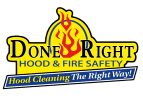


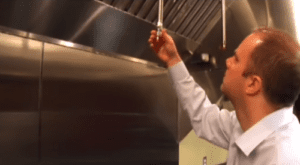 Maintenance Requirements & Business Owner Responsibilities
Maintenance Requirements & Business Owner Responsibilities